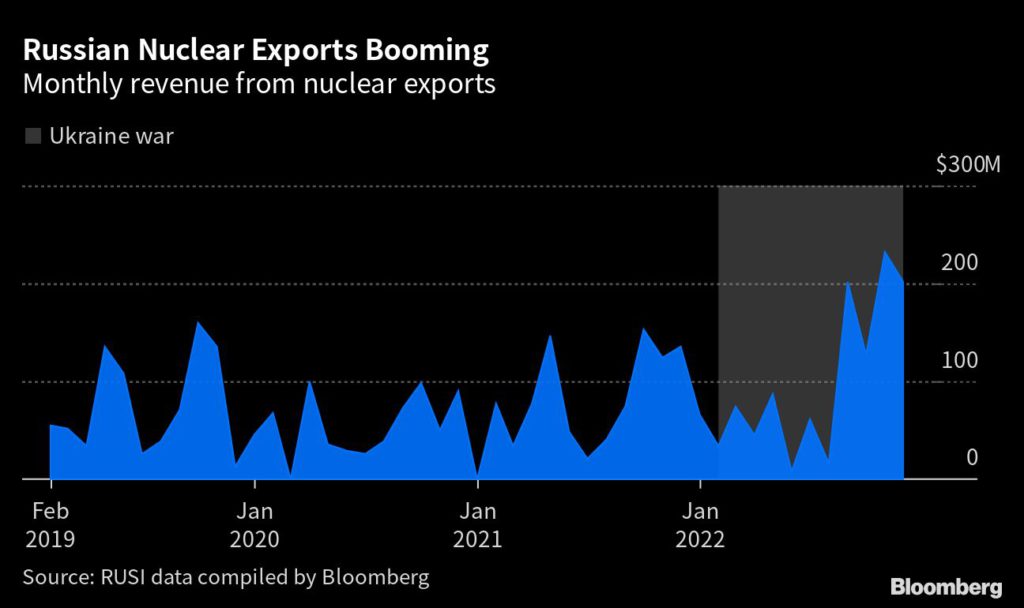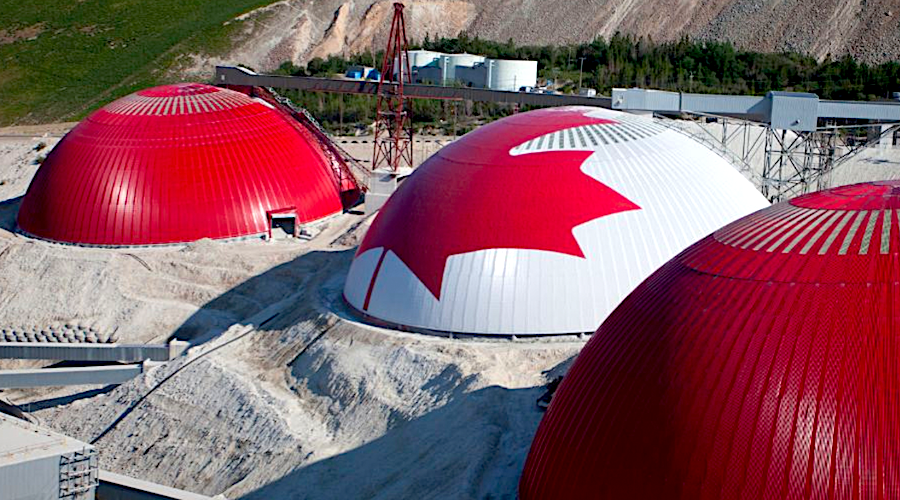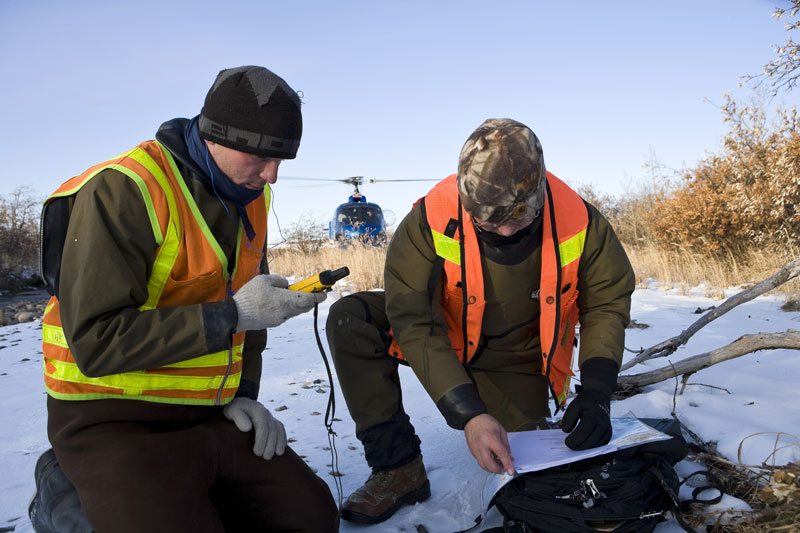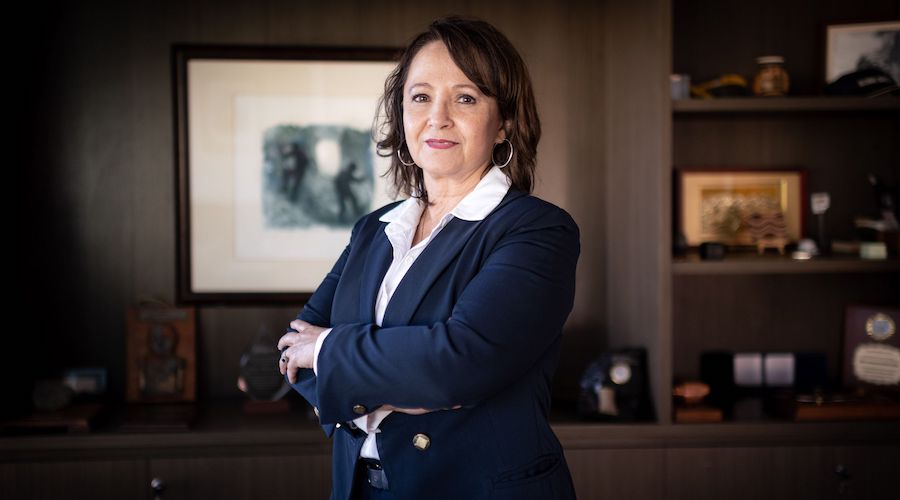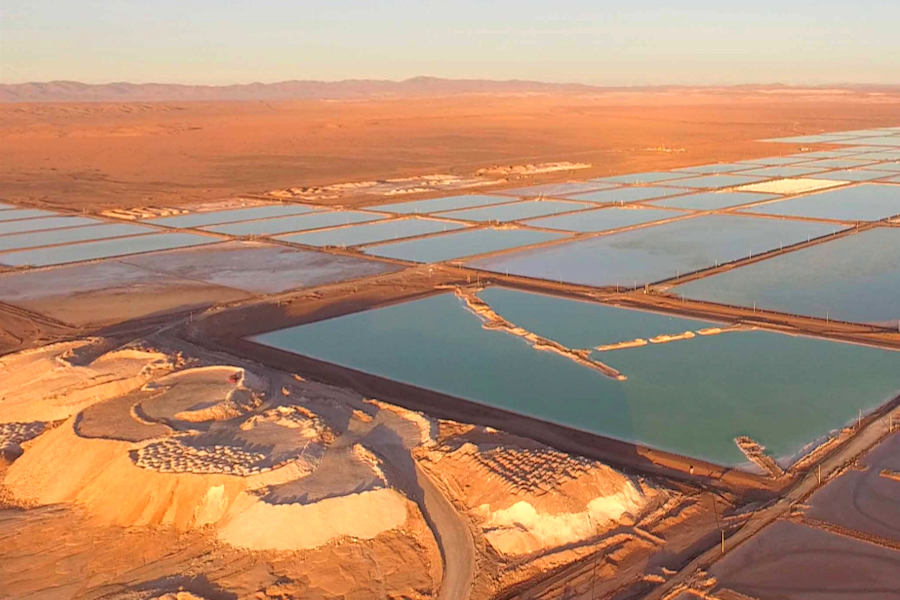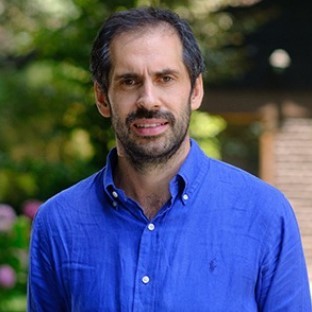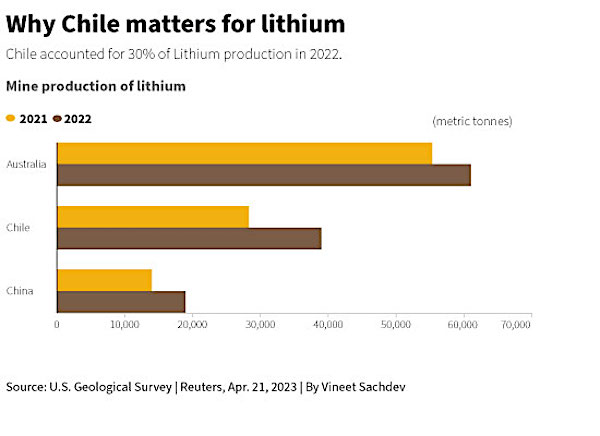Major contract awarded for remaining Bruce refurbishment
15 May 2023
Bruce Power has awarded a CAD1.3 billion (USD1 billion) contract for fuel channel and feeder replacement (FCFR) for its remaining four Major Component Replacement (MCR) projects to Shoreline Power Group. The announcement comes as fuel loading begins at Bruce unit 6 ahead of that unit's planned return to service on completion of its MCR.
.jpg?ext=.jpg) The contract means Shoreline will have done all the FCFR work for the six Bruce MCRs (Image: United Engineers & Constructors)
The contract means Shoreline will have done all the FCFR work for the six Bruce MCRs (Image: United Engineers & Constructors)The new 10-year contract means Shoreline Power - a joint venture of Aecon, SNC-Lavalin and United Engineers and Constructors - is now contracted to carry out FCFR work for all six Bruce units undergoing MCR.
"We're pleased to be able to partner with Shoreline Power Group for the entirety of our Major Component Replacement project over the next decade to perform the major component replacement portion of our Life Extension Program," Bruce Power President and CEO said Mike Rencheck said. "Part of Shoreline's commitment is to deliver the next two MCRs more efficiently and cost-effectively than the previous one leveraging our lessons learned and best practices," he added.
The new contract, which covers Bruce units 4, 5, 7 and 8, comes as the first Bruce unit to undergo MCR - unit 6 - prepares to return to service, and as work continues to progress on Bruce 3, the second Candu unit at the site to undergo MCR. The MCR programme will extend the operating life of the site, near Tiverton in Ontario, to 2064.
The scope of FCFR work for all units includes internal reactor inspections, the removal and replacement of fuel channels and feeder tubes, as well as project management, construction management and field execution. Planning work for FCFR at the last four units is expected to begin in the second quarter of 2023, with construction expected to begin in the first quarter of 2025 and completion anticipated in 2032.
Aecon said its share of the contract is worth CAD1 billion. SNC-Lavalin's portion of the contract is worth some CAD173 million, and covers project management services associated with the reactor refurbishment. United Engineers & Constructors, with Aecon and Framatome, is also the Steam Generator Replacement Team (SGRT) joint venture which is contracted to replace steam generators at Bruce Units 3, 4 and 6.
Staff car park unveiled as Canadian MMR's planned location
15 May 2023
Atomic Energy of Canada Limited (AECL), Canadian Nuclear Laboratories (CNL) and Global First Power (GFP) have announced a repurposed parking lot at the Chalk River campus as the location where they plan to build and operate a demonstration Micro-Modular Reactor (MMR).
.jpg?ext=.jpg) Senior leaders from AECL, CNL and GFP were joined by local elected officials, industry partners and other distinguished guests to unveil the site of the proposed reactor on 11 May (Image: AECL)
Senior leaders from AECL, CNL and GFP were joined by local elected officials, industry partners and other distinguished guests to unveil the site of the proposed reactor on 11 May (Image: AECL)
The 15 MWt (5 MWe) demonstration plant will deploy Ultra Safe Nuclear Corporation's (USNC) MMR technology at the Ontario site, which is owned by AECL and managed by CNL. It will be the first commercial deployment of private sector funded small modular reactor (SMR) technology in Canada, and is intended as a model for future SMR deployments to support remote and industrial applications.
GFP President & CEO Jos Diening said the site demonstrates the "unique suitability" of the technology to become fully integrated into remote and industrial facilities and their operations. "These are precisely the qualities that make advanced nuclear microreactors essential in decarbonising beyond the electric grid," he said.
CNL President and CEO Joe McBrearty said the announcement of the site was "incredibly exciting" for AECL, CNL and GFP and Canadians. "Once constructed, this proposed reactor can demonstrate the economics, safety and performance of a new and exciting SMR technology, giving the public confidence in this next-generation nuclear solution. Overall, I believe that this location could go down in history as one of many at the Chalk River Laboratories where first-of-a-kind nuclear technologies were brought to life," he said.
The announcement reflects a shared commitment to advancing the clean energy technologies which are critical in the fight against climate change, AECL Vice-President of Science, Technology and Commercial Oversight Amy Gottschling said. "The Chalk River Laboratories have been at the forefront of nuclear innovation for more than 70 years, and we continue to push the envelope, leveraging science to solve problems and benefit Canada and the world."
The chosen location means good access to campus utilities and to CNL's technical and operational support services. Once the reactor is operational, CNL may also be able to use the energy produced both for campus operations and research activities, the companies said.
GFP submitted an application for a site preparation licence to the Canadian Nuclear Safety Commission in 2021, and work on an environmental assessment for the project is under way. The company's project timeline currently envisages site preparation and construction beginning in 2025, subject to the necessary approvals, with operations beginning in 2027.
GFP is a joint venture launched in 2020 by USNC and Ontario Power Generation to build, own and operate an MMR at the Chalk River Laboratories site. In addition to the Chalk River project, the MMR is also under consideration for the Ontario campus of McMaster University.
USNC has also signed agreements to develop and deploy its high-temperature reactor technology in Poland, Korea, Finland and the USA.
Final licence release for reclaimed Cluff Lake mine
12 May 2023
The Canadian Nuclear Safety Commission (CNSC) has revoked the uranium mine licence held by Orano Canada Inc for the fully decommissioned Cluff Lake Project in northwestern Saskatchewan, clearing the way for Orano to transfer the site to the Province of Saskatchewan - a first for any modern uranium mine in Canada.
.jpg?ext=.jpg) Cluff Lake as it is today (Image: Orano)
Cluff Lake as it is today (Image: Orano)
The project, which is some 75 km south of Lake Athabasca and 15 km east of the border with the Province of Alberta, operated from 1979 to 2002, producing more than 62 million pounds U3O8 (23,848 tU) from two underground mines and four open pit mines. The operation also included a tailings management facility, a mill and other support facilities. The Cluff Lake Project is located on Treaty 8 territory, the Homeland of the Métis, and is within the traditional territories of the Dene, Cree, and Métis people.
Cluff Lake was fully decommissioned in 2013, and has already been made accessible to Indigenous Nations and communities and members of the public for hunting, fishing, camping and harvesting. Orano now intends to transfer the site to Saskatchewan's Institutional Control Program (ICP), which was set up by the province in 2007 as part of its institutional control framework for the long-term management of decommissioned and reclaimed mine and mill sites on provincial Crown lands.
The CNSC's decision to revoke the current operating licence, under which Orano is authorised to possess, manage and store nuclear substances that are associated with the historic uranium mine and mill operations at Cluff Lake, was made after a public hearing held on 1 March, and means that the transfer of the site to the ICP can now go ahead. The commission has also exempted the Province of Saskatchewan from licensing for the site - such an exemption is required before the site can be accepted into the ICP.
"After reviewing all submissions and interventions, the commission concluded that the decommissioning objectives and criteria established for the Cluff Lake Project have been met, that the site is passively safe, and that the site will remain passively safe for the long term … the commission also concluded that exempting the Province of Saskatchewan from licensing under the NSCA (the Nuclear Safety and Control Act) for the Cluff Lake Project site will not pose an unreasonable risk to the environment, to the health and safety of persons, or to national security, nor will it result in a failure to achieve conformity with measures of control and international obligations to which Canada has agreed," the CNSC said.
"The best demonstration of responsible mining is the remediation management," Orano Mining President Nicolas Maes said, adding that the CNSC decision "is the recognition of the Orano's expertise in sustainable mine closure which is part of our DNA".
Orano Canada President and CEO Jim Corman said he was grateful both to the company's staff for their commitment to the project and their work to ensure that the land is available for local traditional use, and to the the Indigenous, Métis and other community members who shared their knowledge of the lands. "We have many employees who remember the days of working at Cluff Lake and we celebrate the successful decommissioning of the project. Work will continue with the Province to transfer the property into the Institutional Control Program," he said.
The CNSC has previously released properties at legacy uranium mining sites to provincial control, but Cluff Lake is the first decommissioned "modern" uranium mine to reach this milestone.
Researched and written by World Nuclear News
.jpg?ext=.jpg) Olkiluoto 3 (Image: TVO)
Olkiluoto 3 (Image: TVO).jpg?ext=.jpg) TDA testing at Forth's Deep Recovery Facility (Image: Forth)
TDA testing at Forth's Deep Recovery Facility (Image: Forth).jpg?ext=.jpg) (Image: EPRI)
(Image: EPRI).jpg?ext=.jpg) An Electric Arc Furnace (Image: Nucor)
An Electric Arc Furnace (Image: Nucor).jpg?ext=.jpg) The contract means Shoreline will have done all the FCFR work for the six Bruce MCRs (Image: United Engineers & Constructors)
The contract means Shoreline will have done all the FCFR work for the six Bruce MCRs (Image: United Engineers & Constructors).jpg?ext=.jpg) Senior leaders from AECL, CNL and GFP were joined by local elected officials, industry partners and other distinguished guests to unveil the site of the proposed reactor on 11 May (Image: AECL)
Senior leaders from AECL, CNL and GFP were joined by local elected officials, industry partners and other distinguished guests to unveil the site of the proposed reactor on 11 May (Image: AECL).jpg?ext=.jpg) Cluff Lake as it is today (Image: Orano)
Cluff Lake as it is today (Image: Orano)

